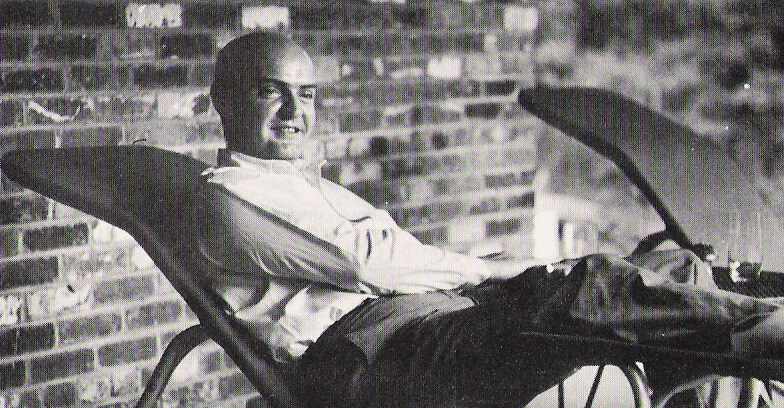Inauspicious Beginnings

It happened in a class at American University in the spring of 1957. Alice Denney was taking a course in painting from Ben Summerford. He paused by her canvas, looked at the work, and uttered seven words that would change the course of her life and the DC arts scene. “Mrs. Denney… you really must stop painting.”
Denney had been studying painting with Summerford in the evening for the previous two years. Although she had a background in nutrition, she caught the art bug as a student at Drexel University, during a required humanities course in pursuit of her nutrition degrees. Years later, as a newly wed, while her husband was pursuing his law degree, she would continue her studies at night, at the Boston Museum of Art. By 1948, the couple moved just outside of New York City, where her husband would commute into Manhattan daily to study Russian Law at Columbia University. Alice stayed home with their newborn. But, one day a week, she would meet a friend in the city, and the two would gallery hop, visit museums, and occasionally trek down to the Cedar Bar. Alice had a hodgepodge arts education before the family moved to DC in 1950.
DC, as it turned out, was a bit of a let-down, as far as the fine arts were concerned. It was less of a scene, and more of a random assortment of places that exhibited art work. There were the random frame shops and coffee houses. There was the lobby of the Dupont Theater. The Whyte Bookstore—and later Franz Bader’s bookstore—had gallery space among the bookshelves, exhibiting a wide array of art, both local and international. Barnett Aden Gallery inhabited the first floor of the home of James Herring and Alonzo Aden, two professors at Howard University; their gallery had a national scope within the exhibition calendar, smattered with local artists. Several of the colleges and universities in the city had a gallery connected to their art departments. The Phillips showed Modern art. So did the Corcoran, which hosted an annual and a biennial. It was at one of those biennials that Alice Denney spied the work of Robert Gates. It reminded her of the work she saw in New York. Gates was local to Washington, and a faculty member at American University.
In the five years prior to that biennial, Alice had befriended a few of the artists in DC. She had gotten to know Mary Orwen and Helene McKinsey. Orwen had come to DC from New York in 1949, and had worked at the Guggenheim under Hilda Rebay. She taught at the Mount Vernon College. McKinsey was a transplant from Chicago, arriving in DC about the same time as Orwen. With a degree in English, she took a few classes at the Art Institute of Chicago before her move to Washington, and continued her studies at American University, where she eventually earned her MFA, and joined the faculty full-time. Both worked in contemporary methods, slashing and dripping paint onto the canvas, and they pined for a gallery in Washington. Alice couldn’t help but agree. A frame shop was ill suited for such work, and waiting to exhibit the work once a year in a juried group exhibition at the Corcoran would do little to support the individual exploits of a single artist. As for an exhibition at the Dupont Theater—which both Orwen and McKinsey had occasion to have—the artwork in the lobby was never the main attraction for the audience.
For her part, when Denney heard the words of Summerford, she responded bewildered, but not defeated. “Well, what should I do?” It wouldn’t be long for her to decide that the thing to do was open a gallery.